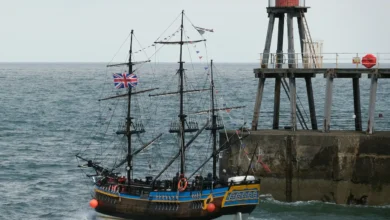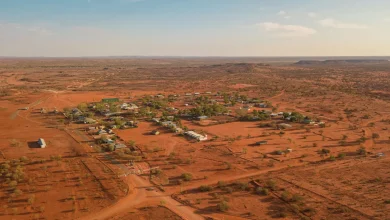Culinary excellence has many origins, from the misty hills of Peru to turquoise Mediterranean shores. Passion and creativity are often rooted in memories, cultures, and families.
In a world of Michelin-starred chefs and award ceremonies, the true greatness of today’s top chef is not born in Michelin restaurants or at award ceremonies. It is born in their kitchens, or on the farms, markets and streets of their childhood.
Recently, National Geographic and fellow chef Katie Button stepped outside of polished plating. Doors swung open. The chefs, each a star in their own right, opened up about their sources of inspiration, including their early memories, their familial traditions and the cultures that shaped them. This is a journey into the flavours of the world and the hearts of our heritage.
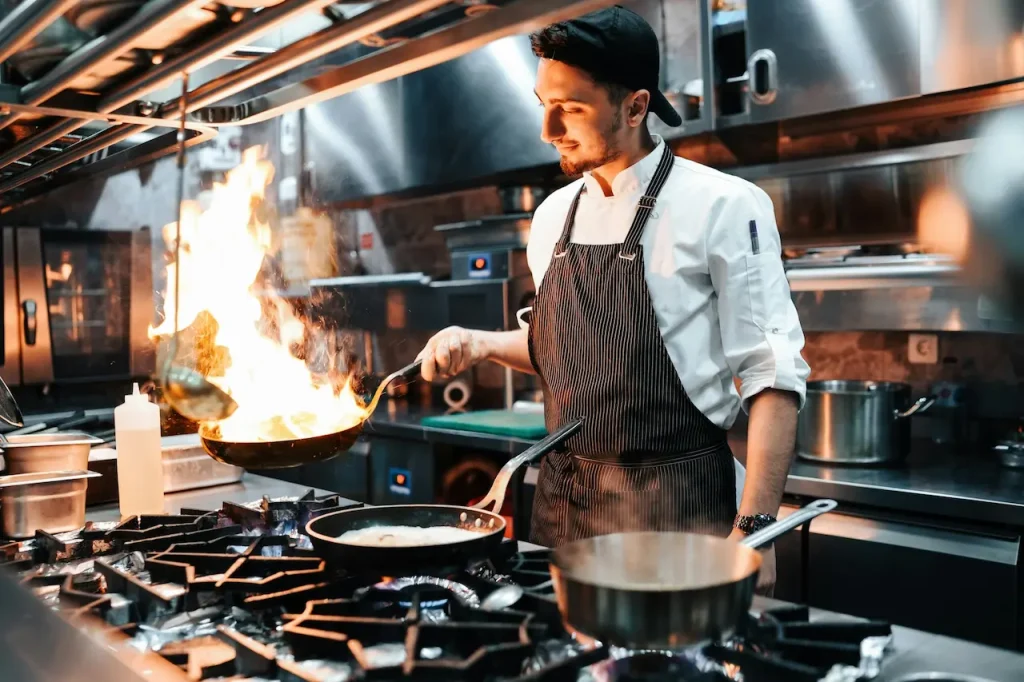
1. Cusco in Peru — A Cornucopia of Childhood : Global Origins of Culinary Greatness
One chef, whose name is synonymous with South American culinary brilliance, grew up in the Andean mountains near Cusco. His kitchen was bursting with potatoes, peppers and smoky, smoked alpaca. Early mornings in the Andean highlands near Cusco, when mists hung around the pines and the aroma of quinoa filled the air, were a source of inspiration for her.
Her greatest inspiration? Her greatest inspiration? She told Button, “I didn’t realise I was learning an art.” Years later, she was standing in front of a National Geographic camera crew when she realised that those simple Andean flavours had taught her how to balance acidity, spice and texture.
The geography was not incidental. Every bite in that valley at high altitude told a tale: one of survival, community and technique passed down from the Incas. She transformed Peruvian cuisine into a universal language by incorporating ancestral memories in her haute cuisine.
2. Tokyo, Japan — Elegance Carved In Simplicity
Tokyo’s chef finds inspiration in the ritual of tea-making. She whisks matcha in silence every morning, before dawn. This ritual taught her balance and that restraint is more powerful than excess.
Her cooking is minimalist. Each dish is sculptural: wet kombu brushing over porcelain, a single scallop poached with yuzu, and a quick brushing of truffle oil suspended in mist. Underneath this restraint, however, is a deep cultural echo. Wabi-sabi. Beauty is in imperfections, and elegance comes from simplicity.
Her “best-in-world” status was not a result of flashy displays; it was a result of quiet mornings spent drinking green tea, and of the tradition handed down by her mother, whose kind, softly spoken manner taught her that each slice of food, every drop of sauce speaks volumes. Her art is shaped by the geography of Tokyo, with its narrow alleyways, formal teahouses, and constant hum.
3. Mole Valley in Mexico — Fire, Family, and Flavour
In a small pueblo town in Puebla in Mexico, another culinary star was taught to cook by her mother in the warmth of the kitchen. The open windows were filled with earthy smoke from the firewood, as her mother and grandmother stirred the mole, a complex sauce made of dozens of peppers, nuts and seeds, spices and chocolate.
She learned to cook intuitively, not from a cookbook, but by observing her mother’s ability to grind chilis on a stone metate and create texture.
Her food, which is celebrated around the world, pays homage to her childhood kitchen. A modern mole plated on a plate might be served under a glass dome with smoke, or a tamal steamed in an elegant banana leaf. It is a heartfelt memory, however, of the hands of grandmothers and of the firelight that was used on clay pots. Every bite is a reminder of Puebla’s red volcanic earth and its cool mountain air.
4. Naples, Alchemy of Sun-Ripened Tomatoes
Another chef, in a coastal Neapolitan home, learned her trade not from a cookbook, but by watching the warm April sun ripen tomatoes on the family’s plot. She spent summers picking the rosy San Marzano tomato skins, still warm from the sun.
She says, “It tastes just like sunshine.” This phrase is the foundation of her culinary philosophy, which is to cook in a way that captures nature’s essence. As a young child, she learned how the combination of sea salt, breeze from the sea, and soil warmed by the sun combines in tomatoes. Every pizza Neapolitan, every simple ragu she serves, is a reflection of that vision.
Her creativity blooms when she lets the ingredients speak for themselves. Geography is important: the sea breeze of the Bay of Naples, the volcanic soils of Vesuvius, the afternoon sun that ripens orchards and basil. Her simple dishes are the best in the world, not because they’re simple but precisely because they capture their place.
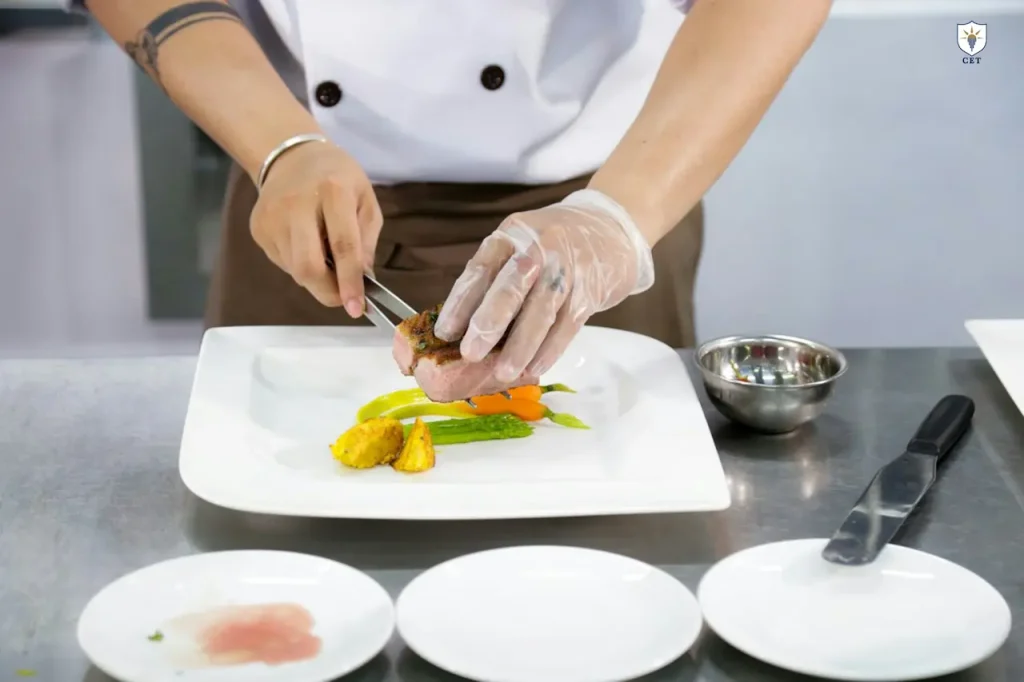
5. Cork in Ireland — Wild Heritage & Foraged Stories
Next, head to the rugged coast of Ireland near Cork. As a child, a chef in this region learned how to gather clifftop samphire and wild garlic. He also used seaweed. Her grandmother, who was the wife of a fisherman, taught her how to forage food from rocks, the shoreline and brine.
Her Michelin-starred restaurants now serve dishes that recall the abundance of her childhood – not flashy, but real and earthy. Sea lettuce, crustacean broth with wild herbs and sea fennel, barley pudding with sea fennel – all of these dishes bring back memories from months ago when the salt spray got on her hair.
Her creativity is influenced by the place she lives in, the rough Atlantic, the peaty soil, and the wild green of Connemara. She says, “In my cooking, I cook the coast that I grew up on.”
What binds them: Memory, culture, and geography
It’s not their signature dishes or techniques that unify these chefs, even though they come from Peru, Japan, Mexico, Italy and Ireland. It’s the alchemy that, where these chefs grew up, enriched those who became: memory, culture and geography.
- Family rituals mise-en-place before dawn, matcha whisking, mole simmering, tomato harvesting, and foraging with grandmother became intuitive training.
- Cultural Principles are embedded in the way they think about taste. From wabi-sabi to communal feasts in Mexico to Incan earth-respect to Neapolitan Sun-Sealing, everything from wabi-sabi to communal meals in Japan is influenced by.
- Geography – The altitudes of the Andes, the tranquillity of Japanese tea houses, the volcanic soils in Puebla, Naples’ sun, or Ireland’s wild coastlines–these landscapes influence aroma, texture, seasonality, and mood.
They didn’t only show their kitchens when National Geographic and Katie Button asked them to tell their origin stories. Instead, they showed childhood homes, memory palaces, even the land itself. This was storytelling at its most visceral level: You don’t just look at the memory; you even taste that memory.
A Personal Reflection
You’re probably reading this article and wondering: Where does the culinary inspiration come from? Perhaps it was your grandmother’s Sunday roast or the night market stall where you first experienced new flavours. It could be your first time making risotto. You might have to stir arborio rice in trembling measures, and learn that alchemy requires patience and heart.
Like those chefs, you are inspired by your memories, places, and people. Every kitchen and every dish is a world-builder.
Take Inspiration from Around the World, and Feed Creatively
What can we learn from these stories in a more practical sense?
Start Locally and Dream Globally
It’s not necessary to be famous to discover creative gold. Start with your kitchen. What scents evoke memories of my childhood? What local growing cycles awaken my senses? What family meal is still fresh in my mind?
You may live on a small island or in a riverside village in Cebu or a mountainous town in the Philippines. Perhaps it’s your citrus trees turning gold in front of your porch or the morning dew on banana leaves. These are the raw materials.
Make Culture Your Compass
Every culture and community has its own culinary dialect, which includes values, rhythms, and methods. In the Philippines there is the slow roasting of lechon and the balance of sweet, sour and salty found in dinuguan. There’s also the fermented tanginess of bagoong or the sukang Paombong. And the freshness of the kinilaw. If you cook in the dialect of your people, you can create dishes that speak to your identity as well as your palate.
Use Emotions as a Technique
It’s not only about temperature and timing. Your emotion – wonder, nostalgia, radical curiosity – can be as powerful as chilli or vinegar. In the stories, chefs described their memories as a measuring cup. The flavour changes when you put your emotions into the cooking.
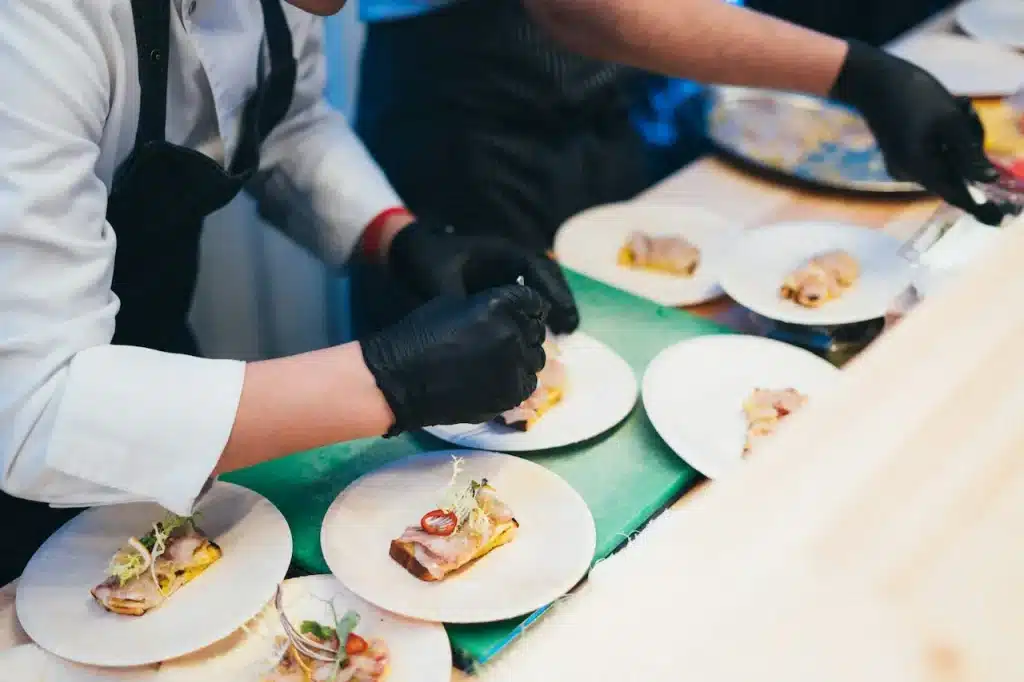
Global Chefs for Local Homes
Now that we have a better understanding of their creative roots, let’s go back and revisit our five chefs:
- Andean chef: I learned balance at my grandmother’s 10,000-foot kitchen. Each flavour was affected by altitude and culture. “That memory became my technique.”
- Tokyo tea-house chef: “Matcha, whisked in the morning, taught me stillness.” “Every dish must have a pause, or it’s not complete.”
- Puebla Mole Maestro “Mole isn’t just sauce.” Every ingredient sings of my grandmother’s passion for Puebla, the red earth. “Technique learned from her metate stone.”
- Neapolitan sun-cook: “I didn’t invent tomatoes, I let the Sun (and Vesuvius soil) do it.” I am only the custodian.
- Cork’s Forager “The sea whispered lessons early.” The seaweed under the tide’s edge, the salty breeze, and the wild coast all influenced what I cook.
Conclusion: Memoirs of the World’s Best Chefs
The truth is that great chefs, yes, the ones who are labelled “best of the world”, do not come from the latest social media or tech trends. They are born where memory, lineage, and place intersect.
You peel back the layers when a publication such as National Geographic enters their worlds and a chef like Katie Button gently asks “why”. You discover that mastering the art of cooking is more than just technique. It’s also about story and identity.
This blog is my attempt to take you along with me, whether it’s to your grandmother’s home, the local market or the spot where you first planted an herb. Your culinary voice is important. Tell the story on your plate.

